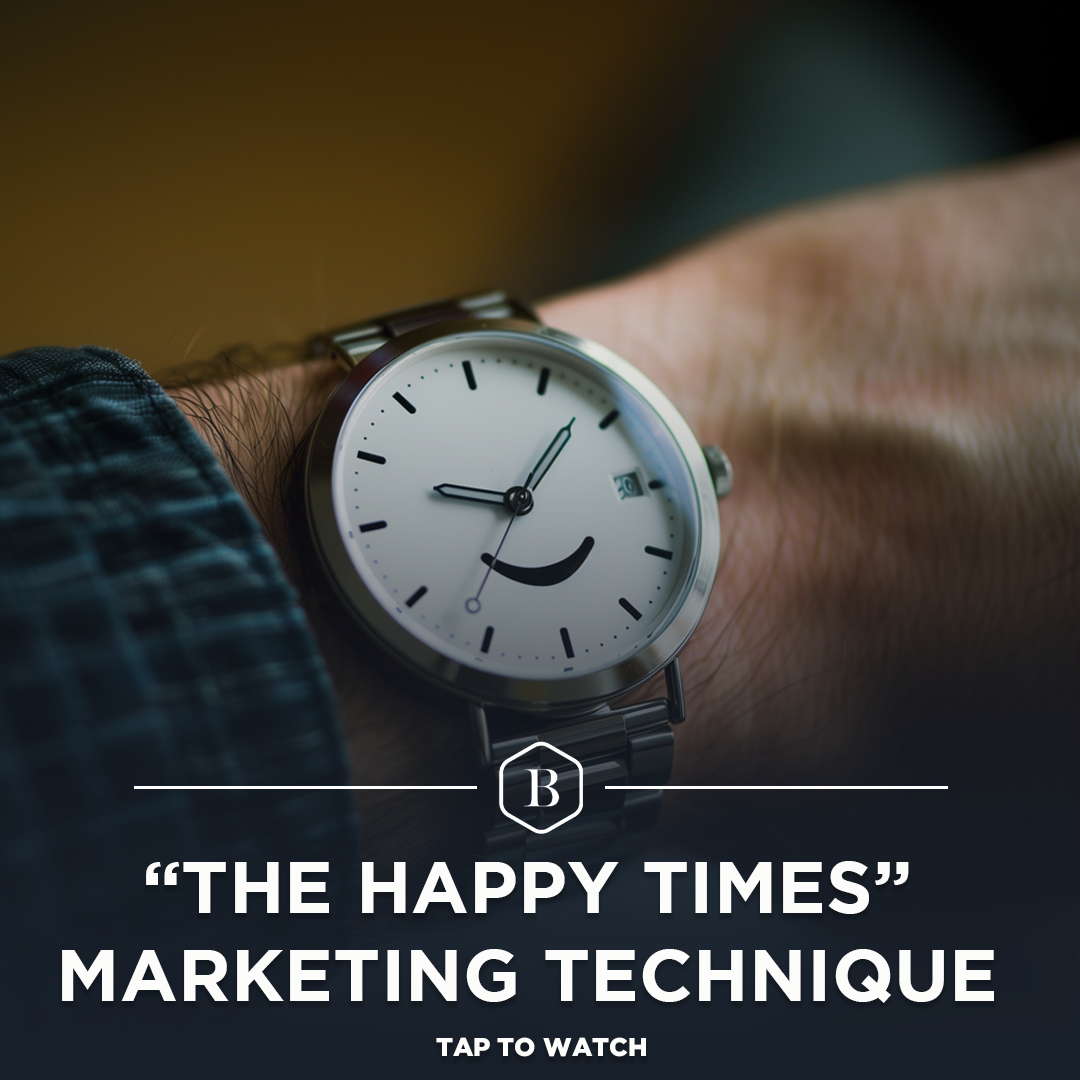Article: The Happy Times Marketing Technique

The Happy Times Marketing Technique
Why Watches in Advertisements Always Display 10:10
In the realm of watch advertising, the seemingly arbitrary placement of hands at 10:10 is far from coincidental. This specific time setting is a strategic choice with psychological and aesthetic motivations designed to capture consumer attention and enhance brand visibility.

The Strategy Behind the Time
In watch advertisements, the hands are often positioned at 10:10 to create a visually appealing and balanced image. This placement serves a dual purpose: it highlights the brand name, which is usually positioned at the top of the dial, and it ensures that the watch face appears symmetrical and attractive.
This marketing tactic is not limited to high-end brands such as Rolex and Omega but is also employed by more affordable brands. For example, Timex has used the time 10:09:36 in some of its advertisements to ensure that the brand name, located directly under the 12 o'clock mark, is prominently displayed.
Psychological and Aesthetic Considerations
The choice of 10:10 is rooted in psychological and design principles. Humans are naturally drawn to the center of an object, making the top center of the watch dial an ideal location for the brand name. The symmetry of the hands at 10:10 creates a balanced and pleasing visual effect, drawing attention to the logo and making the watch more memorable to potential buyers.
Alternatively, some brands use the time 1:50 to achieve a similar visual effect when the brand name is not centered perfectly. This time placement also maintains visual harmony and balance.
Historical Development
The practice of setting watch hands at 10:10 was popularized in the 1920s by Andrew Block, vice-president of Torneau. Hamilton was one of the first brands to adopt this approach, which quickly gained popularity among other watchmakers. This method has since been widely adopted, including by tech companies like Apple, which uses the 10:10 setting for its watch advertisements while displaying 9:40 for other devices—a reference to the time Steve Jobs introduced the first iPhone.
Psychological Impact
The positioning of watch hands at 10:10 also taps into psychological principles. Hands pointing upwards are associated with positive feelings and progress, making the watch appear more appealing and trustworthy. In contrast, downward-pointing hands might evoke negative associations, potentially diminishing the watch's attractiveness.

Conclusion
The use of 10:10 in watch advertisements is a deliberate and strategic choice that combines psychological insight with aesthetic principles. This time setting enhances brand visibility and creates a visually balanced image, demonstrating the power of thoughtful marketing in influencing consumer perception.


